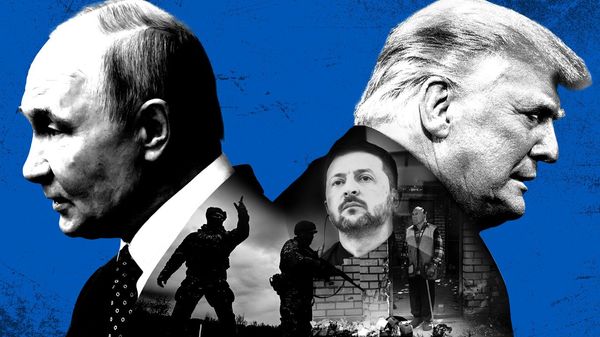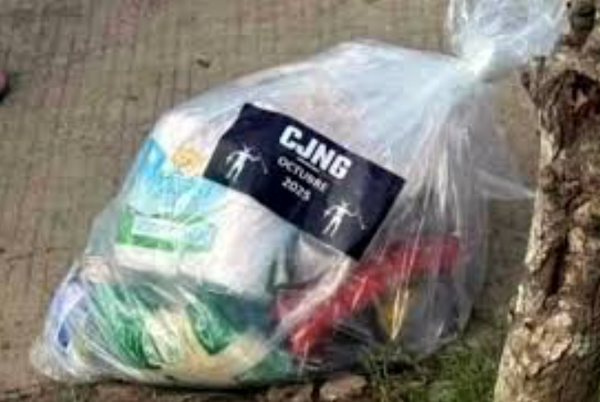News that US President Donald Trump will meet Russian President Vladimir Putin in Budapest in a bid to resuscitate talks about ending the war in Ukraine will come as little surprise to Europe and NATO allies.
At a meeting of NATO defence ministers on Wednesday, representatives from NATO countries appeared - unusually- quietly confident about the potential for progress arising from a meeting on Friday between Trump and Ukrainian President Volodymyr Zelenskyy.
Hope for peace negotiations or a ceasefire in Ukraine had stalled, until Thursday night's announcement from the White House. A lull in talks appeared to have set in after a Trump-Putin meeting in Alaska in August yielded no results.
Trump is said to be frustrated and annoyed at Putin's disingenuous engagement following that summit. During it, Putin had agreed to a trilateral meeting with Zelenskyy and the US president, but then reneged on the decision.
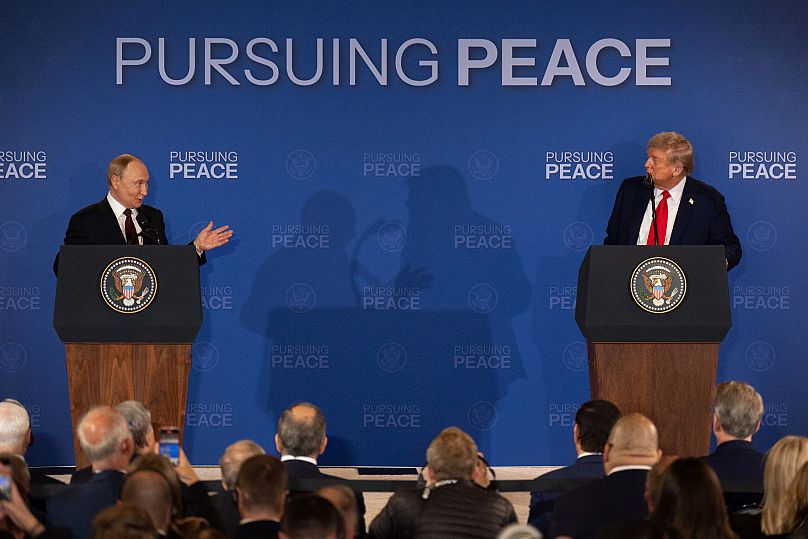
Sources speaking to Euronews on the condition of anonymity alluded to the possibility of a breakthrough of sorts as part of the White House meeting on Friday.
Friday's meeting between Trump and Zelenskyy has been billed as a make-or-break decision for Ukraine in attaining subsonic-speed cruise missiles to greatly enhance its army's firepower against Russia.
But theory permeated among US and other officials that Trump planned to maintain the momentum of the ceasefire and hostage and prisoner exchange deal in Gaza, by renewing his interest in settling the war in Ukraine.
While the matter of whether Trump would give permission for Ukraine to access Tomahawk missiles has been the headline issue around Friday's talks, others have pointed an underlying plan - that the threat of Tomahawks was designed to force Putin back to the table.
In an interview with Euronews, chief advisor to NATO's top military commander, Martin O'Donnell, when asked about the Tomahawks said:
"I think there's a number of things worldwide, right, that potentially make the movement towards peace more possible", he told Euronews.
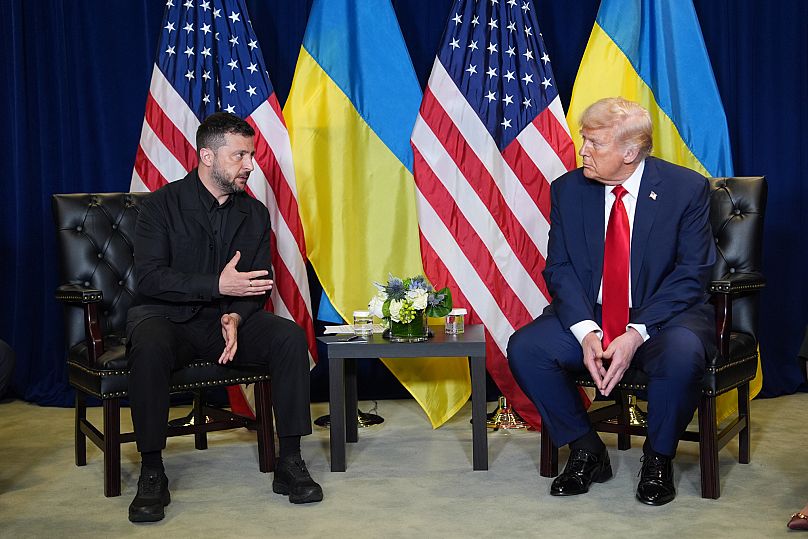
"We saw recent developments in in the Middle East, right? That President Trump drove. We'll see what happens on Friday."
"And we'll see what happens from Friday", the spokesperson for NATO's Supreme Allied Commander of Europe (SACEUR) added.
US Ambassador to NATO, Mathew Whitaker, also said a deal on Tomahawks could finally push Putin to the negotiating table.
"The possibility of deep strike could change Putin's calculation and would put a lot of things at risk, including significant energy infrastructure inside Russia," he told journalists in a briefing on Tuesday ahead of a NATO defence ministers meeting
"If anyone can do this, obviously it's President Trump. We've seen historic news out of the Middle East in these last days," he said.
And NATO Secretary General Mark Rutte effectively echoed this line when asked his position on the prospects of Tomhawks for Ukraine.
"I think it is very good that you have that meeting on Friday, because in the end, what we need to achieve is to make sure that Putin gets to the table" he said.
In relation to Friday's crunch decision, the NATO Secretary General said he hoped "meaningful negotiations start, and that we bring this terrible war to an end, and that end has to be lasting."
Meanwhile, the EU and NATO are coordinating plans on a so-called drone wall as part of Europe's need ramp up defense and deterrence capabilities.
The two institutions say there's an urgent need to advance current technology in defending the continent from a significant spate of drones and Russian jets which have violated NATO airspace particularly in the east of Europe in recent weeks.
In its initial response, NATO announced Operation Eastern Sentry for the immediate build-up of defences on the Eastern flank where most of the tensions from the airspace violations had occurred.
But the medium- and long-term approach involves shielding the whole of the continent from what NATO and Brussels widely regard as belligerent action as part of Russia's hybrid war.
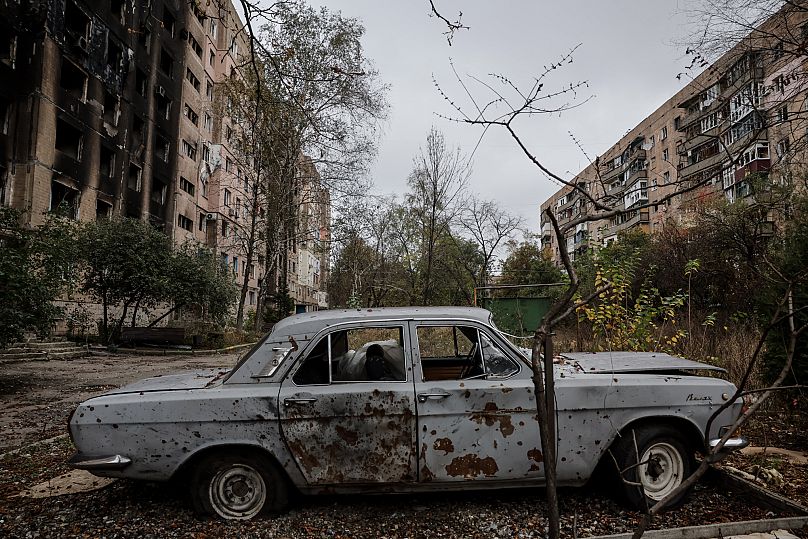
"NATO is obviously working with the EU, working with all allies to shore up their air defences all along the eastern front,", Colonel O'Donnell told Euronews.
"The Supreme Ally Commander Europe views the Eastern Front not simply as those countries that border the east, he views that from the high north all the way down to the Black Sea, the Mediterranean Sea, and beyond, and at depth."
"As the NATO Secretary General [Mark Rutte] has said, we're all Eastern flank nations," O'Donnell said.

